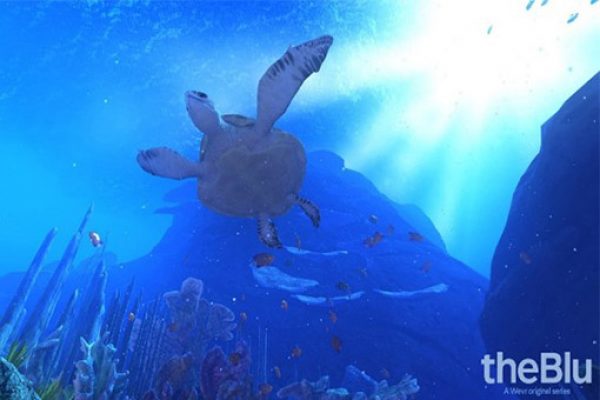A new study published in the journal Sustainability shows how virtual reality (VR) can be used to test how the design of blue spaces can affect people’s motivations to use them for recreation.
BlueHealth researchers at the Estonian University of Life Sciences created a number of targeted experimental designs for blue spaces in virtual reality (VR). These designs were set in three different coastal landscape environments: a cliff/steep slope; a sandy beach and an area of reed beds. These were all based on real locations in Tallinn, Estonia. The designs that were implemented in these virtual environments were based on combinations of site features found at a number of inspirational design projects in other places around the world.
Led by Peeter Vassiljev, 3D modelling and a virtual reality platform were used to create a set of nine videos, one depicting each intervention. These were shown to a panel of 252 members of the public living in Estonia. The respondents were asked a set of questions related to how they felt watching each of the videos.
Following both quantitative and qualitative analysis, the researchers found that certain preferences for designs were dominant, and patterns of these preferences revealed differences among age groups and levels of self-reported nature connectedness.
Importantly, the research found that the degree of realism of certain aspects of the VR environments could cause biases in investigating preferences for different designs. Overall, though, this work demonstrates how VR can be a very useful tool for testing design ideas as part of public participation approaches.







